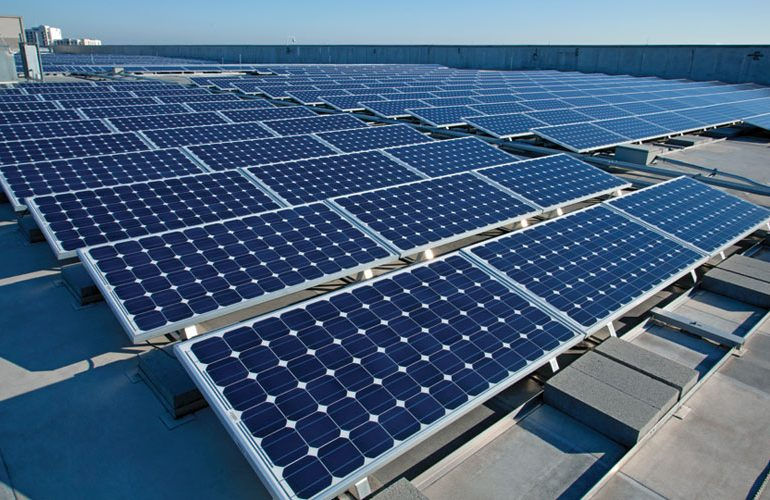‘Green Hydrogen’ From Renewables Could Become Cheapest ‘Transformative Fuel’ in the Coming Years
- Reon Energy
- Oct 15, 2020
- 2 min read
“Green hydrogen” made of wind and solar electricity could be the cheapest form according to the Australian government. They have described it as a “transformative fuel” much faster than expected, analysts believe.
It is reported that Chinese manufacturers have made systems to create hydrogen with renewable energy for up to 80% less than official Australian estimates from just two years ago.
It is suggested by energy analysts that green hydrogen was likely to leapfrog hydrogen made with gas and coal as the most cost-effective form of the energy before the end of the decade. That would be the time an industry could be developed at scale. This will be the “clean hydrogen” replacing fossil fuels in transport, electricity and in industrial processes, as the world moves to cut greenhouse gas emissions. However, it has not defined what “clean hydrogen” would mean in terms of emissions, yet.
Major economic powers including Germany and Japan are eyeing Australia as a potential source of hydrogen as the world moves away from fossil fuels, in line with the goals of the Paris agreement. The government estimates hydrogen could create more than 8,000 jobs and generate about $11bn a year in GDP by 2050.
Green hydrogen is created by using an electrolyser to run an electrical current through water, separating it into hydrogen and oxygen. Gas is used to make hydrogen through a different process involving high-pressure steam and a catalyst such as nickel, known as steam-methane reforming. One of its by-products is carbon dioxide, which is either released into the atmosphere or – under the government’s proposal – captured and pumped underground
The European Commission recently launched a strategy that positions green hydrogen as central to the continent’s goal to reach “climate neutrality” – net zero emissions – by 2050. Germany has dedicated more than $15bn of Covid-19 stimulus spending to developing a domestic hydrogen industry, and has agreed with Australia to undertake a joint feasibility study into its potential as an energy source.
In Australia, the most ambitious proposal to date is for what is known as the Asian Renewable Energy Hub. Alex Hewitt, the hub’s executive director, speaking at an online summit hosted by the Smart Energy Council this week, said that the scale of the proposed development – which he described as the world’s largest power plant – meant it could create green hydrogen for less than the government’s benchmark of $2 a kilogram. That is the beauty of very intense, massive, properly correlated renewable energy.
The hub plans to largely use the hydrogen to create “green ammonia”, effectively replacing gas in the ammonia production process. Hewitt said ammonia was “a great way to ship hydrogen” as transporting it as a liquid was likely to be both logistically challenging and much more expensive.
The hope is that hydrogen will prove an emissions-free alternative to coal and gas in industries that operate at incredibly high temperatures. While estimates about the scale of a future industry vary significantly, experts believe it is likely to be more cost effective if used to help create local green industries, such as emissions-free steel, rather than converted into liquid form, as gas is, before it is exported.
For More:




Comments